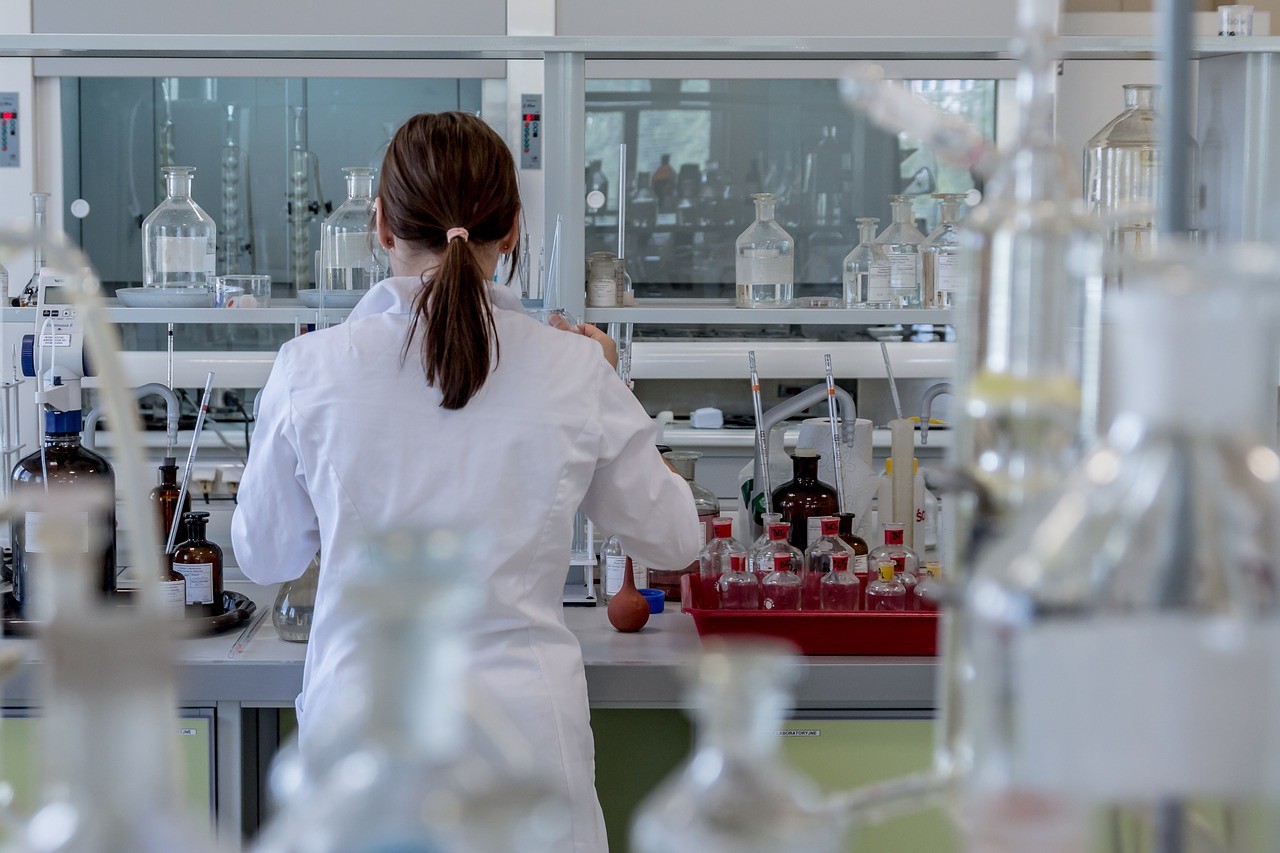The Lateral Flow Dispenser, also known as a fast test dispenser, is specifically intended to produce lateral flow assay test kits. Micro volume reagent or colloidal gold liquid may be easily distributed across the NC membrane. As a result, it is widely utilized in short test manufacturing lines.
The Automated Lateral Flow Reagent Dispenser (ALFRD) is a low-cost, dependable method of distributing chemicals onto membranes or paper. ALFRED machine is excellent for Lateral Flow or paper-based fluidic applications in development or small-scale manufacturing. A syringe pump is used to push reagents onto the nitrocellulose in the Lateral Flow Dispensing equipment.
Here is a guide on how dispensing equipment works:
Step 01: Connect the Automated Lateral Flow Reagent Dispenser (ALFRD) device and the external syringe pump and turn them on.
Step 02: Set the flow rate of the syringe pump according to the manufacturer’s recommendations.
Step 03: On the power supply, choose a voltage. A voltage range of 4.5–6V is suggested. A power supply can be attached to the supplied power source if a faster head speed is needed; however, the highest voltage utilized for the ALFRD is 12V.
STEP 04: Using an Allen wrench, secure dispense tips into the proper placement slot on the dispense tip head.
Position tips extremely close to the membrane surface but not in direct touch for optimum results (unless contact is desired). The actual height is determined by the kind and thickness of the membrane.
If the tips are positioned too high, liquid droplets or uneven lines may develop. Place the membrane on the dispensing table and turn on the switch to make the table move. The drag on the membrane will be visible. Once the required height has been determined, a permanent marker can be used to mark the position on the metal post of the dispense tip.
Step 05: Remove any air bubbles from the dispensing reagents before using them in the ALFRD (i.e., quick centrifugation, nitrogen air purge). A volume of at least 200 l is suggested. The lines will seem thinner if the solution runs out while dispensing, and the results may vary.
Step 06: Carefully draw each solution into a syringe, avoiding air bubbles.
Step 07: Secure full syringes on the syringe pump according to the manufacturer’s directions by attaching tubing to the blunt syringe needle.
Step 08: Prime solution(s) via a tube with a syringe pump and distribute. Shut off the pump and wipe away any remaining liquid.
Step 09: Use magnets to secure the membrane to the ALFRD dispensing table.
Step 10: Turn on the syringe pump first, then the dispense table switch.
Step 11: Turn off the syringe pump after the dispense tips have reached the end of the table and stopped.
Step 12: Take the membrane off the table.
Step 13: Reverse the table switch to return the dispense tips to their original position.
Step 14: Wipe any remaining liquid from the table.
Step 15: If required, repeat for each membrane.
All of the steps above must be done by a professional person in the company.

